About C-PReP
Photo by Bao Menglong on Unsplash
The Latin America and Caribbean (LAC) region must develop highly functioning, highly resilient airports and seaports to ensure timely and effective responses that maximize humanitarian relief efforts and minimize the collateral harm of natural disasters. In response to this urgent need, Americas Relief Team (ART) initiated and manages the Community Port Resiliency Program (C-PReP).
The Community Port Resiliency Program (C-PReP) improves the delivery of humanitarian aid and speedy economic recovery following a disaster with the mission of elevating the preparedness and resilience of airports, seaports and communities in the LAC region. C-PReP works with airports, seaports and communities to assess needs and apply proactive measures to ensure that they are operating collaboratively at an optimum level to mitigate the impact of extreme events, respond effectively, and restore ordinary operations as quickly as possible.
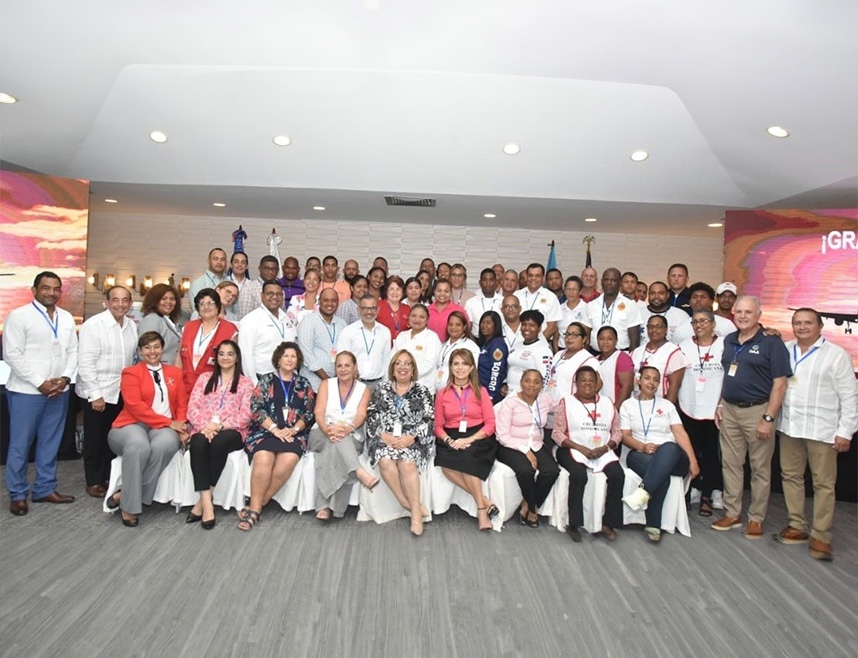
C-PReP's Sustainability
The C-PReP program is built around knowledge, innovation, and evidence, to help ensure its trainings have the desired impact, facilitate the transfer of knowledge, and are sustainable. The C-PReP training workshops foster sustainability by building ownership and capacity of participants, promoting participant engagement and collaboration, empowering them to become more resilient and active trainers by sharing their own experiences and lessons learned, utilizing real life and practical examples and case studies scenarios. OAA/ART pays close attention to how to incorporate greater participation from the different stakeholders into the workshop, not only at the program execution level, but beyond the program, to help ensure sustainability.
C-PReP helps governments, communities and stakeholders enhance existing infrastructure, societal, and organizational strengths and minimize weaknesses through risk assessment, improved planning, joint training, cooperation, and information sharing to protect life, property, and enhance economic vitality. In addition, part of the expected sustainable program results after the grant is to continue the engagement and networks built among the key stakeholders growing from the relationship forged during C-PReP, which will last beyond the project period. C-PReP encourages and fosters the signature of memoranda of understanding and statements of collaboration and resiliency roles among all parties involved in emergency response and relief, such as vendors, local agencies, and community-based organizations.
Every C-PReP workshop is designed with the vision of building strong and reliable partnership relationships with airports and stakeholders. The C-PReP team that OAA/ART builds to conduct the workshop is composed of experts committed to serving the participants beyond the training, with coaching and guidance as needed. An open line of communication remains open between participants and trainers for consultations. Additionally, the first step into planning a C-PReP workshop is responding to a request (or obtaining the buy-in) from a country and stakeholders who are committed to carrying out and sustaining the program and its results.
The Need | The C-PReP Solution |
|---|---|
Non-formalized, inadequately communicated standard operating procedures (SOPs) create a disjointed, harried response, particularly in the early phases of recovery. | A planned, well-communicated set of SOPs provides a valuable roadmap for essential port personnel. Procedures are formalized, and the approach is unified and coordinated. Disaster response practices are coordinated with Strategic Operations Centers’ (SOCs’) pre-positioned goods as well as with the efforts of all partner alliance organizations. |
Port personnel are inadequately trained. | Trained port personnel with a full understanding of SOPs, including how to best use materiel in the SOCs, are on standby for short-notice dispatch when disaster strikes. |
Key participating organizations (vendors, suppliers, local government, NGOs, Consuls General, etc.) lack coordination | An alliance of organized, mapped member organizations coordinates and harmonizes efforts, preventing confusion and redundancy. |
C-PReP is designed to improve the disaster readiness of airports and seaports in the LAC region. C-PReP applies lessons learned from recent disasters along with widely received best practices to assist regional ports in advancing continuity of operations. The program promotes capacity building, implements resiliency assessment and planning activities, and provides post-disaster technical and commodities support. It is based on the creation, development, and dissemination of state-of-the art disaster mitigation standard operating procedures and training. C-PReP seeks to achieve the swift revitalization of the logistics supply chain after a disaster, facilitating the rapid delivery of much-needed aid and stabilizing traumatized communities.
Introduction
In the wake of devastating natural disasters such as Hurricane Katrina in 2005 and the Haitian Earthquake in 2010, poignant stories emerged, shedding light on the profound impact of disabled or poorly functioning airports and seaports. These incidents underscored the critical role played by robust infrastructure and effective policies in minimizing the aftermath’s human and economic toll.
Challenges Faced
Airport and seaport authorities grappling to restore normal operations often encounter intricate challenges. These include the absence of sound and updated policies, logistical preparedness, and coordination issues among various agencies and local stakeholders.
The Imperative for Resilient Infrastructure
Recognizing the pressing need for resilient and efficient airports and seaports in the Latin America and Caribbean (LAC) region, the Americas Relief Team (ART) proactively established the Community Port Resiliency Program (C-PReP) to help address these urgent concerns.
C-PReP’s Mission
The primary mission of C-PReP is to enhance the preparedness and resilience of airports, seaports, and communities in the LAC region. By doing so, C-PReP aims to facilitate timely and effective responses to natural disasters, maximizing humanitarian relief efforts, and minimizing collateral harm.
Strategic Approach
C-PReP collaborates with airports, seaports, and communities in a comprehensive manner. The program assesses needs and implements proactive measures to ensure these entities operate collaboratively at an optimum level. This collaborative effort is geared towards mitigating the impact of extreme events, responding effectively, and swiftly restoring ordinary operations.
Conclusion
In the face of an ever-increasing frequency of natural disasters, C-PReP stands as a beacon of hope. By working hand-in-hand with stakeholders, C-PReP seeks to fortify the region’s airports, seaports, and communities, ensuring a more resilient and prepared response to future challenges.
Learn More
C-PReP IN IMAGES
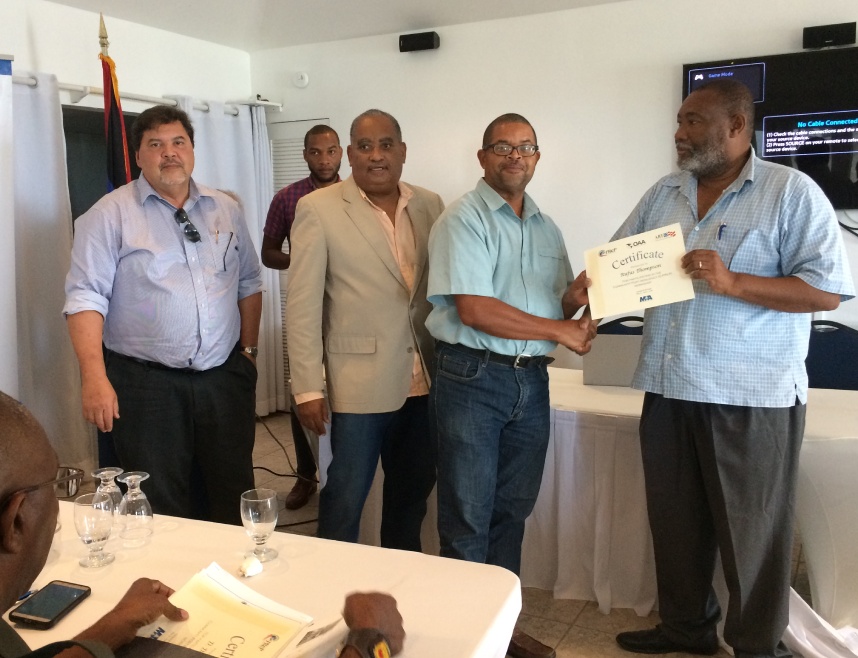
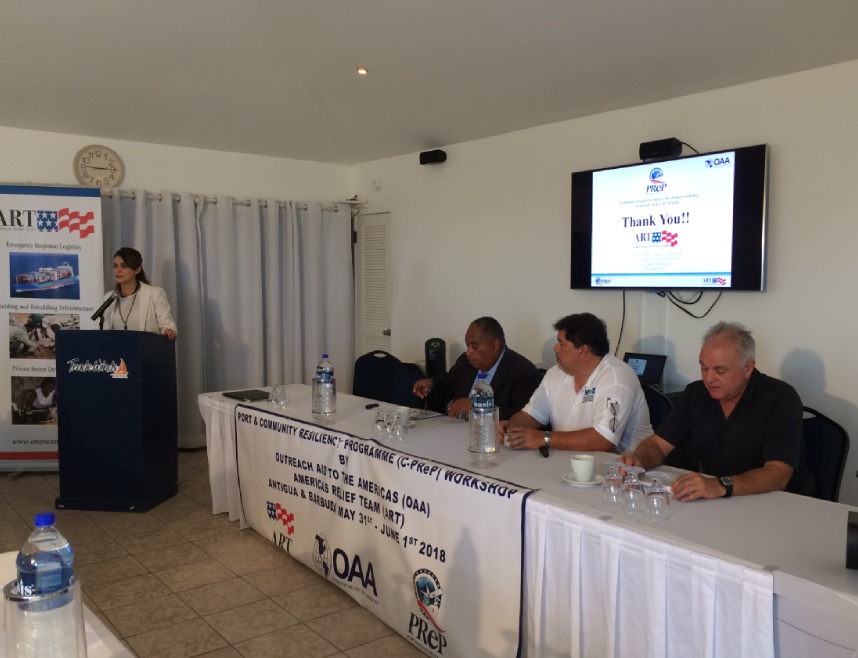
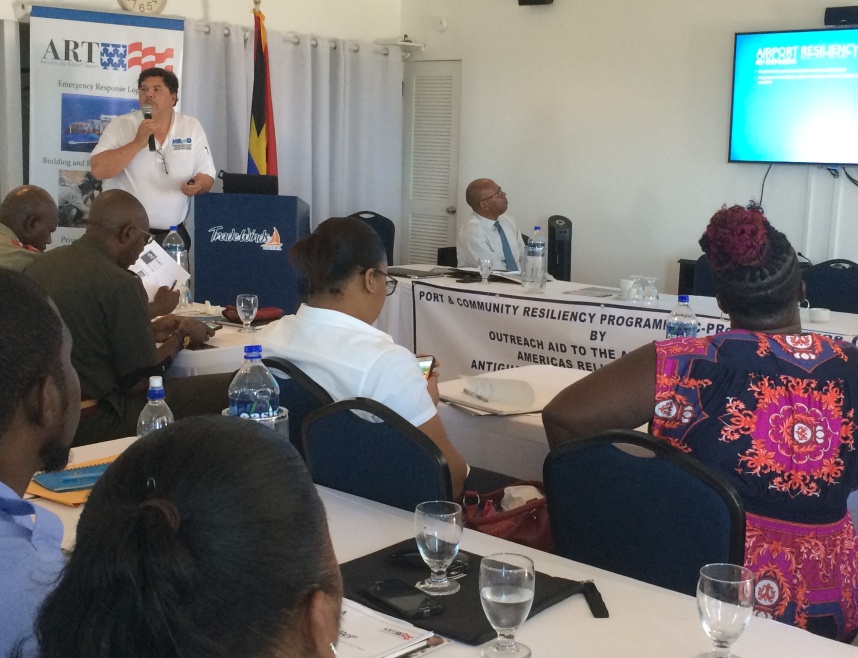
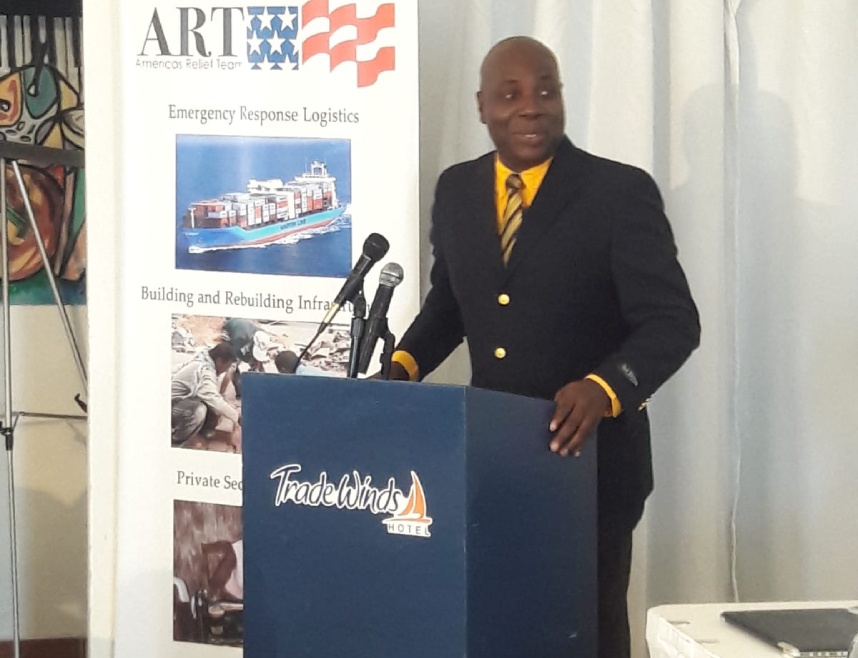
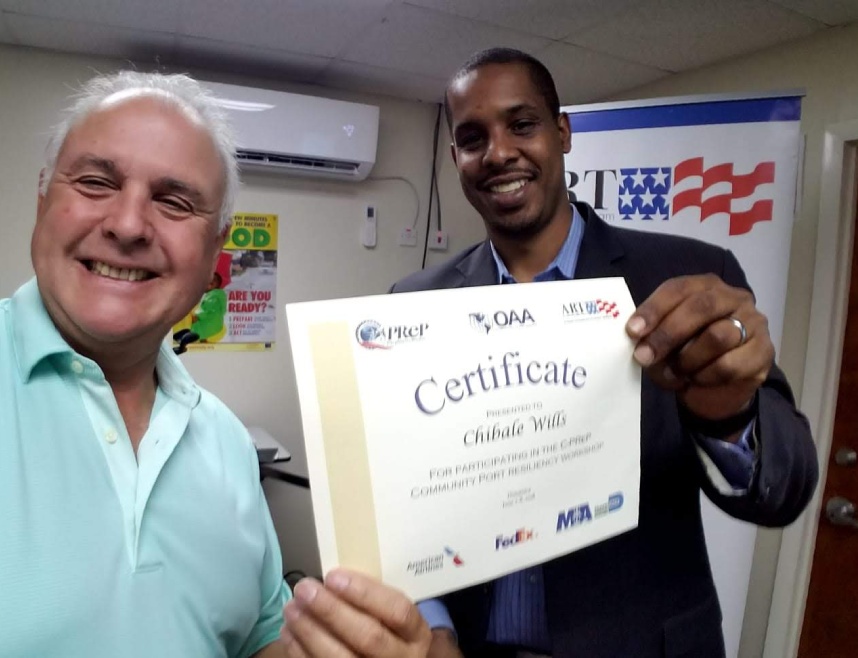
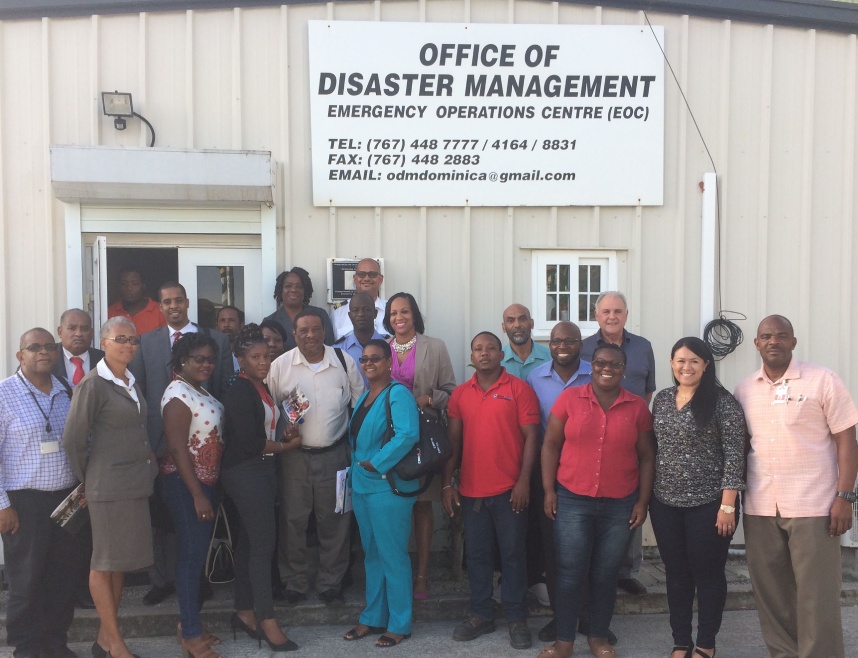
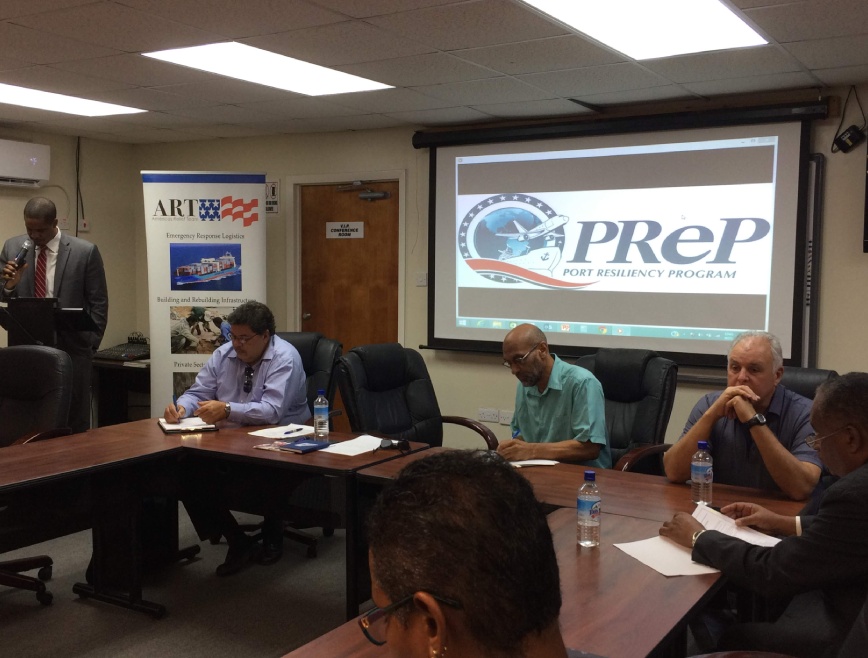
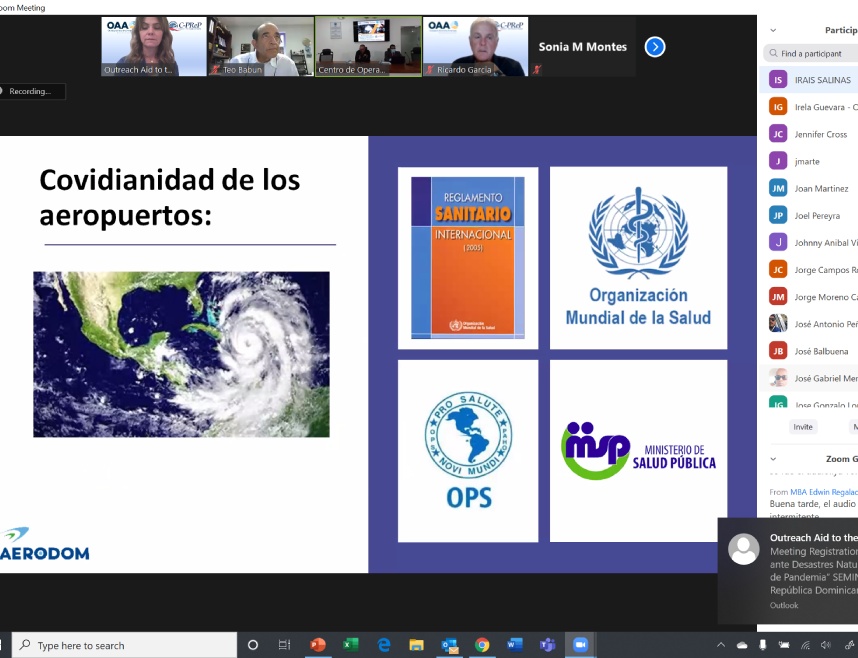
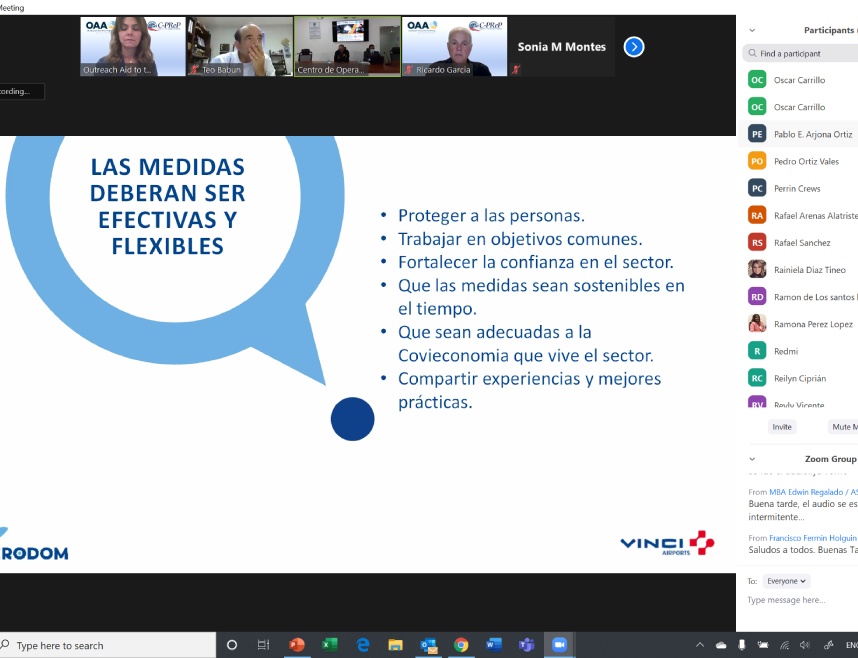

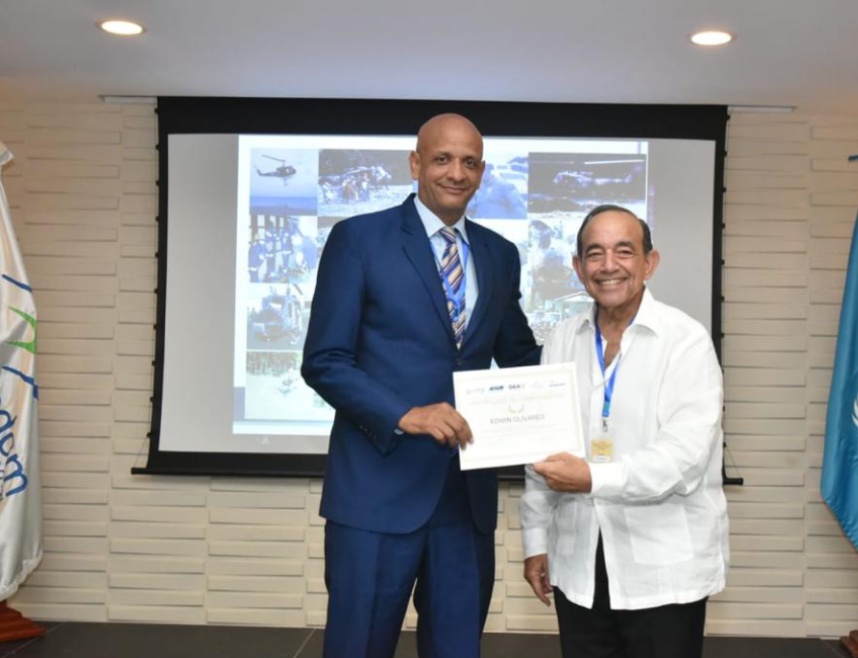



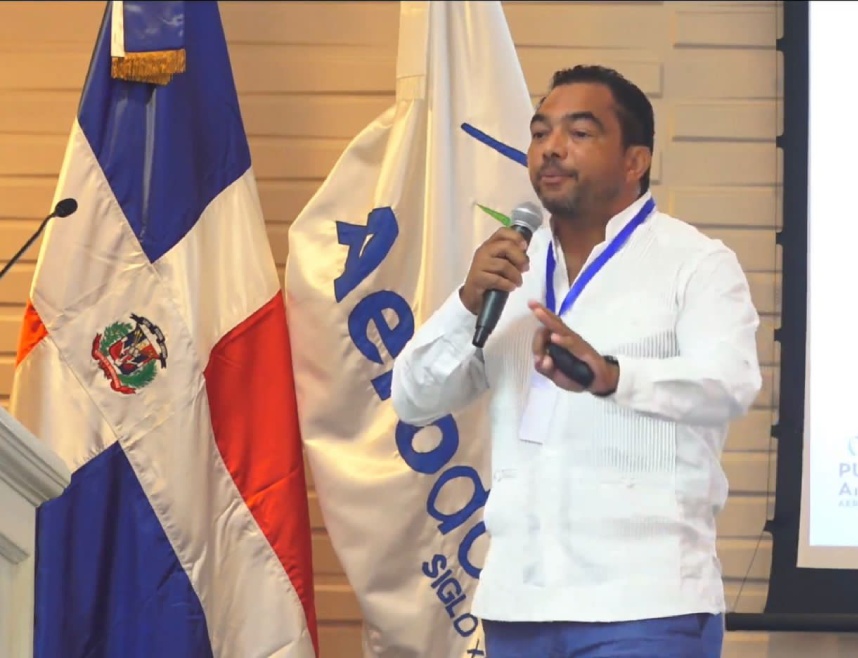
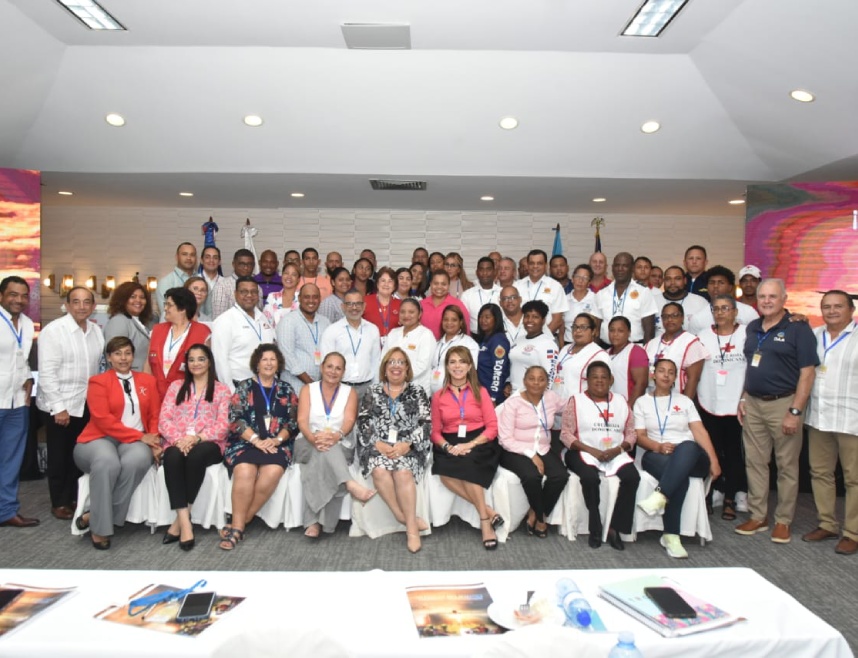
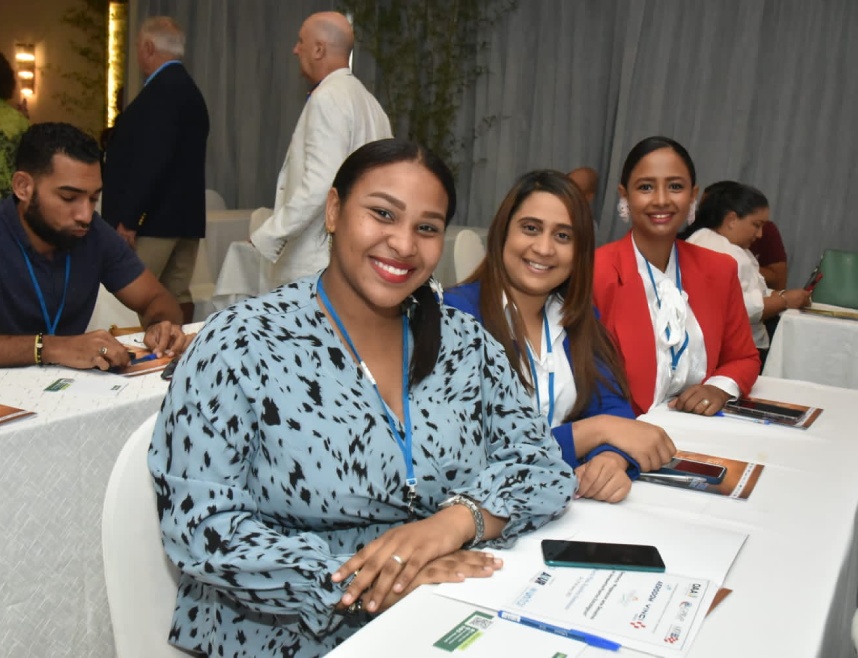
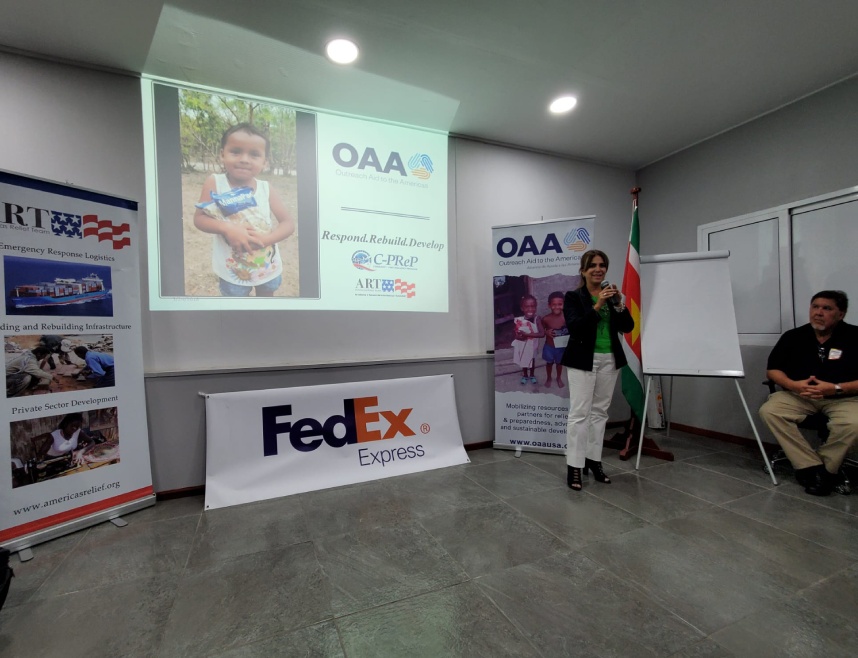
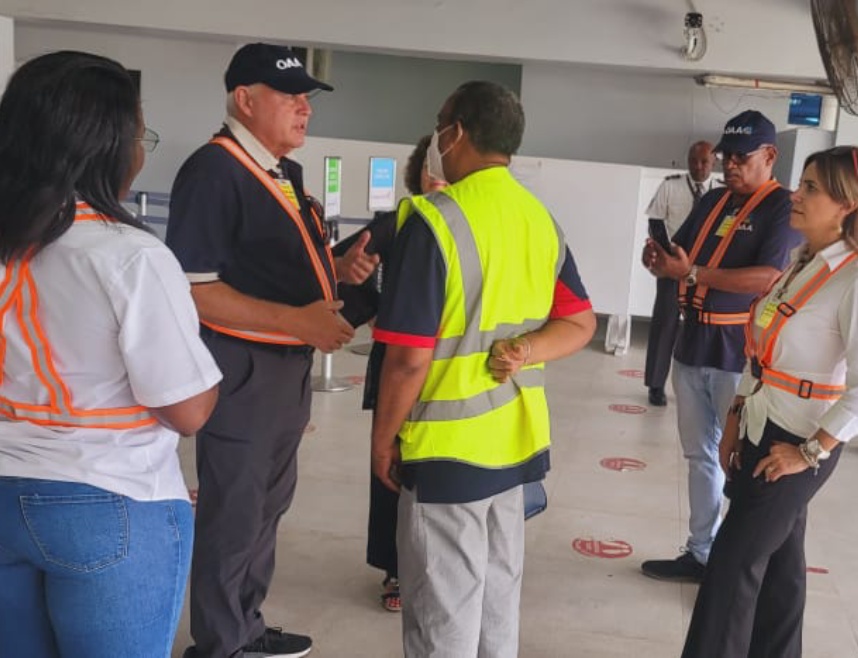
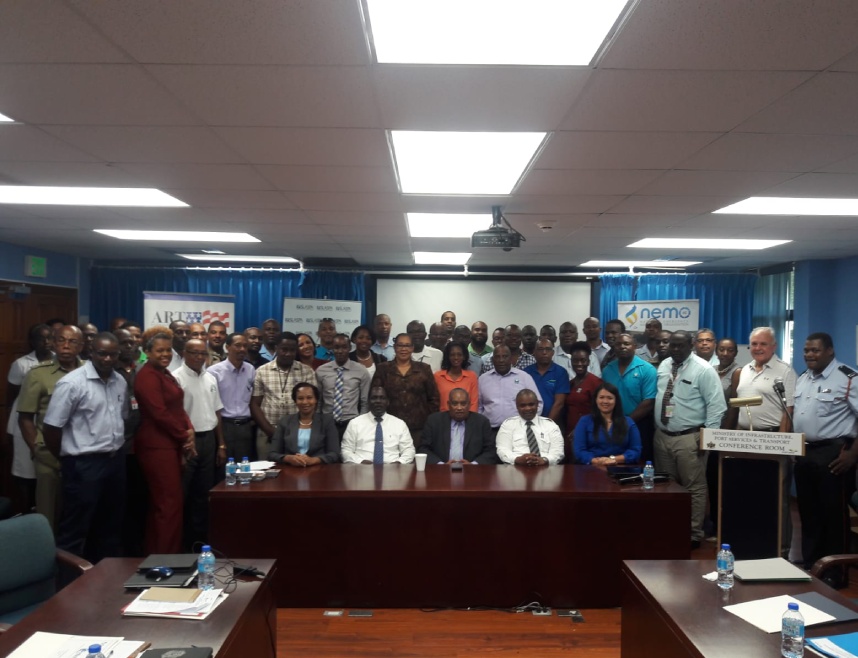
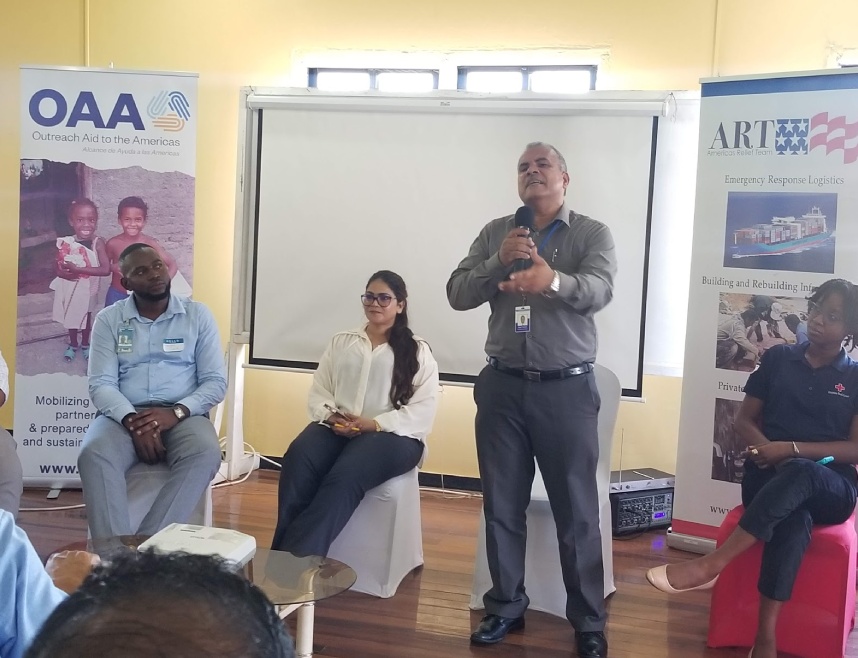
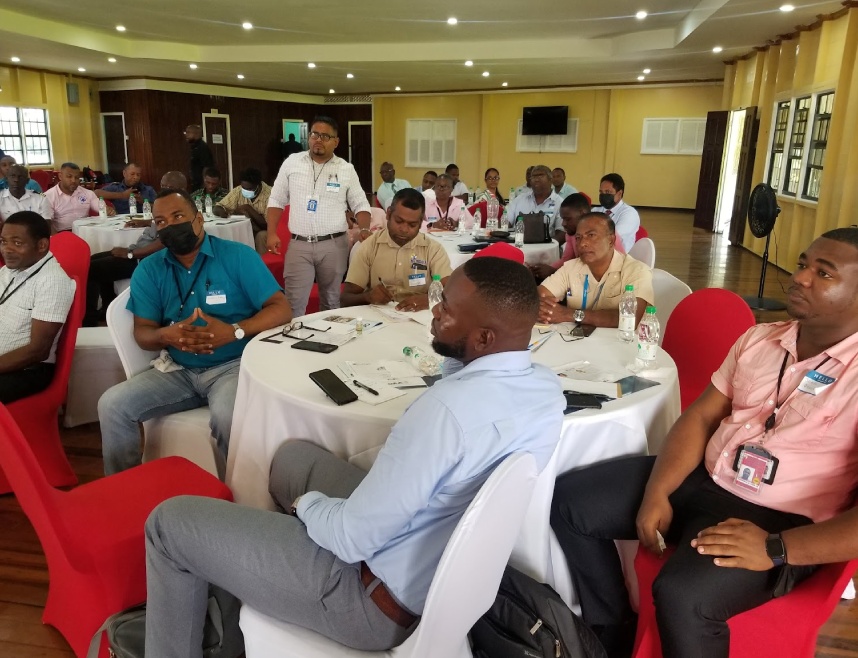
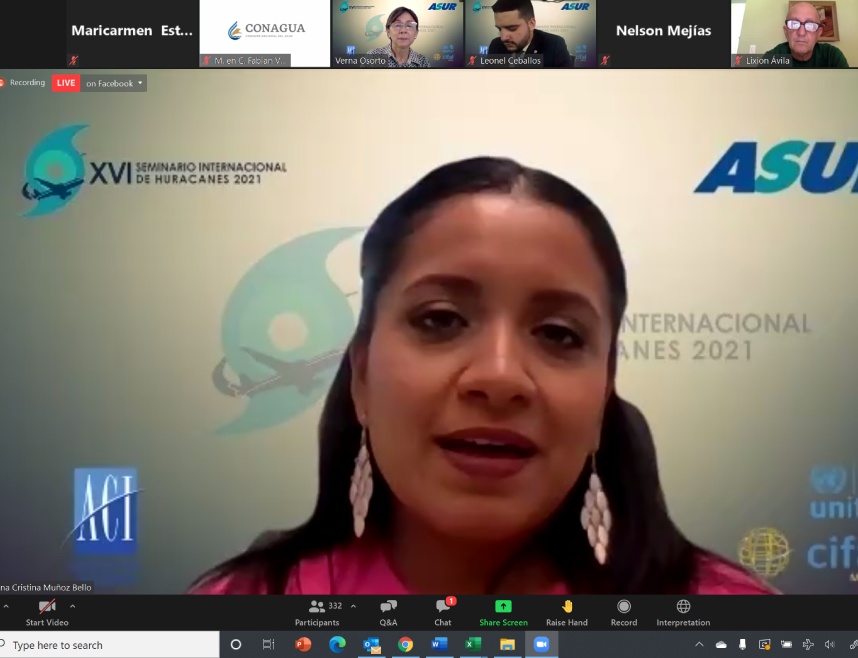
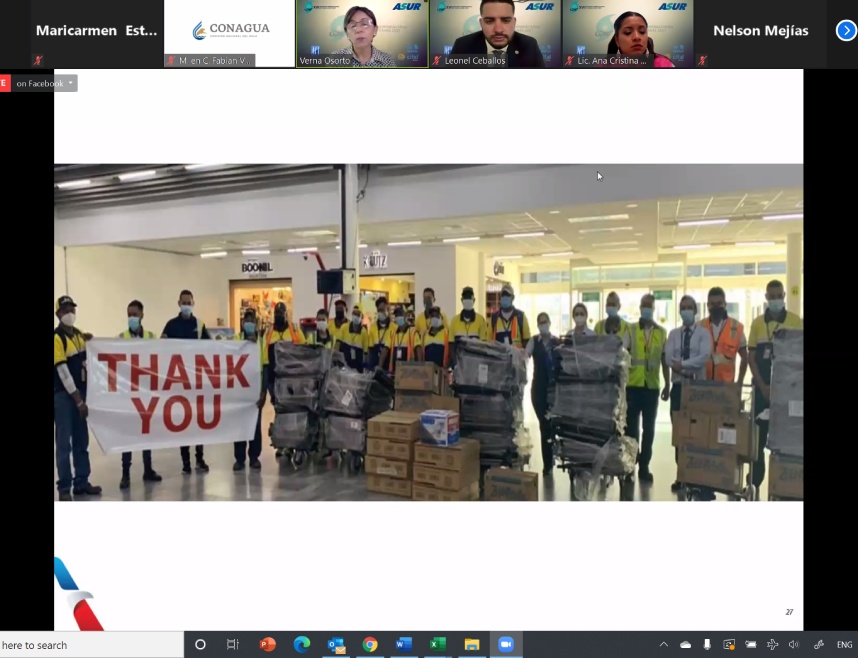


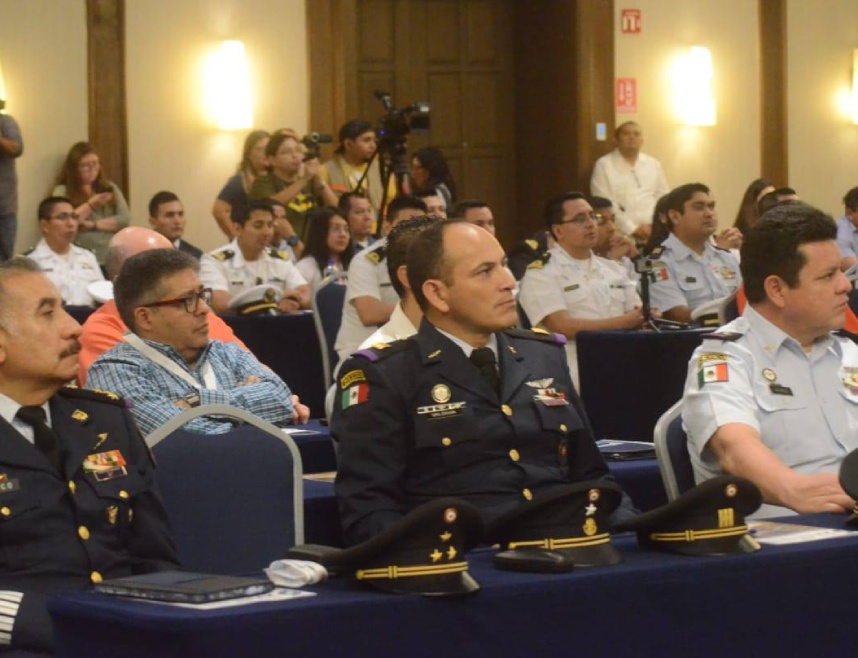
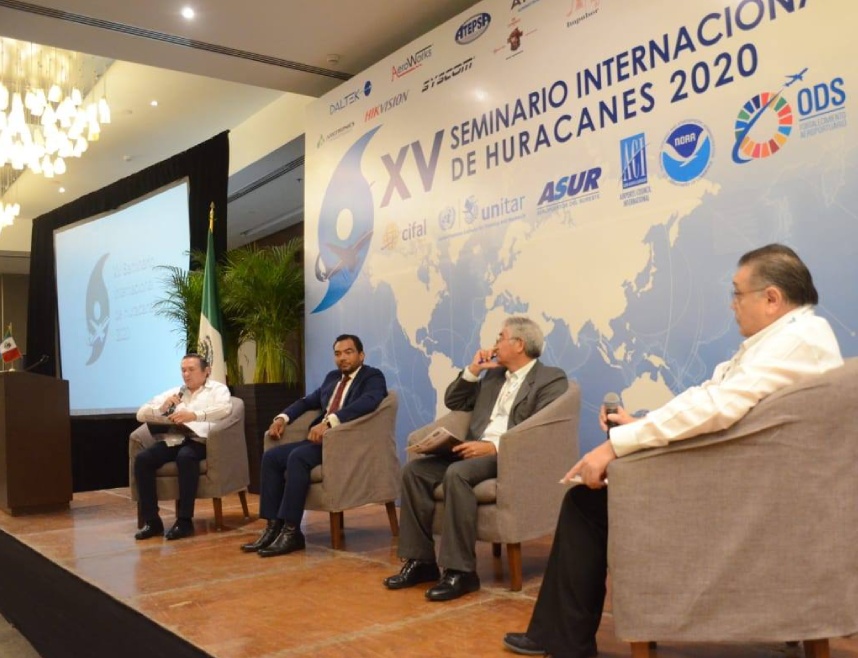
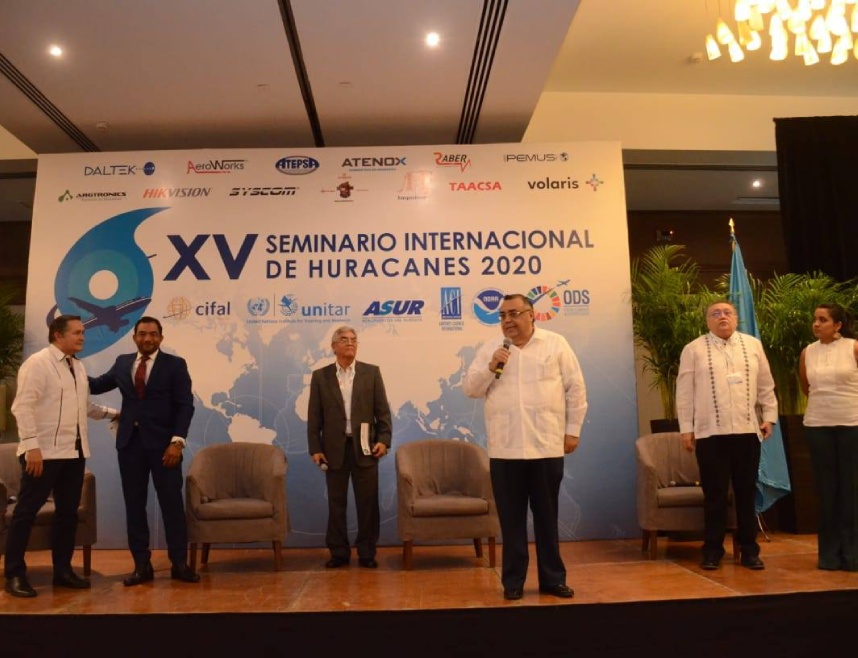
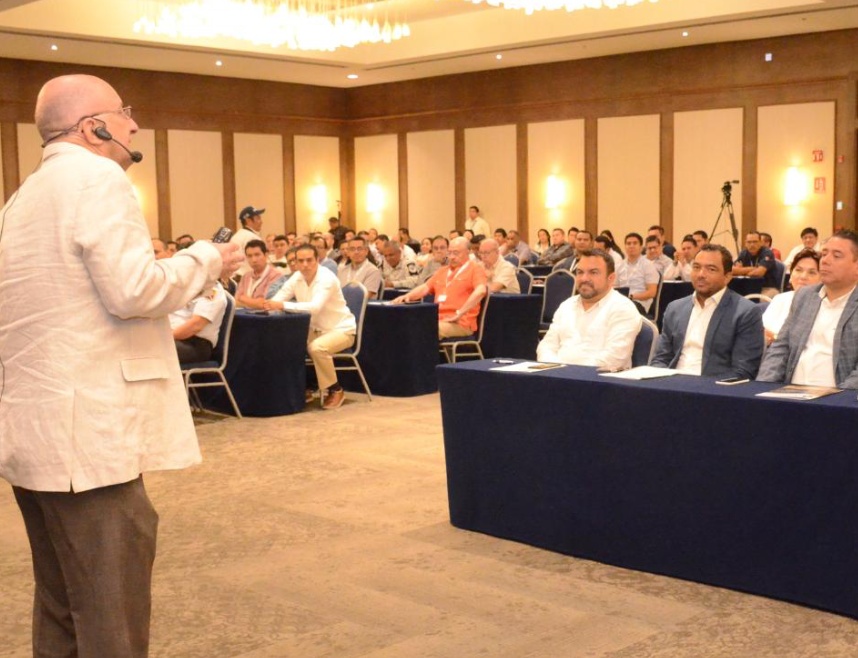

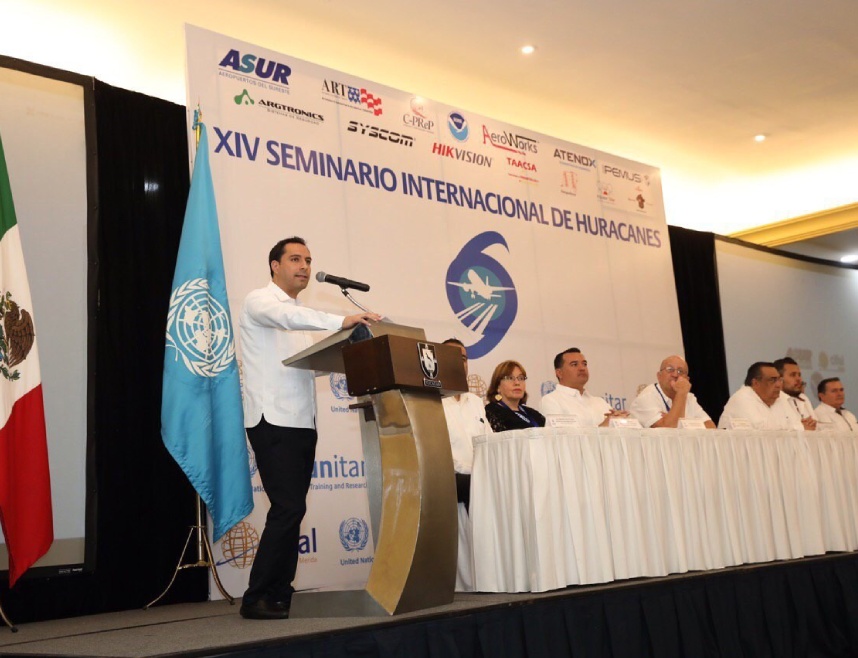
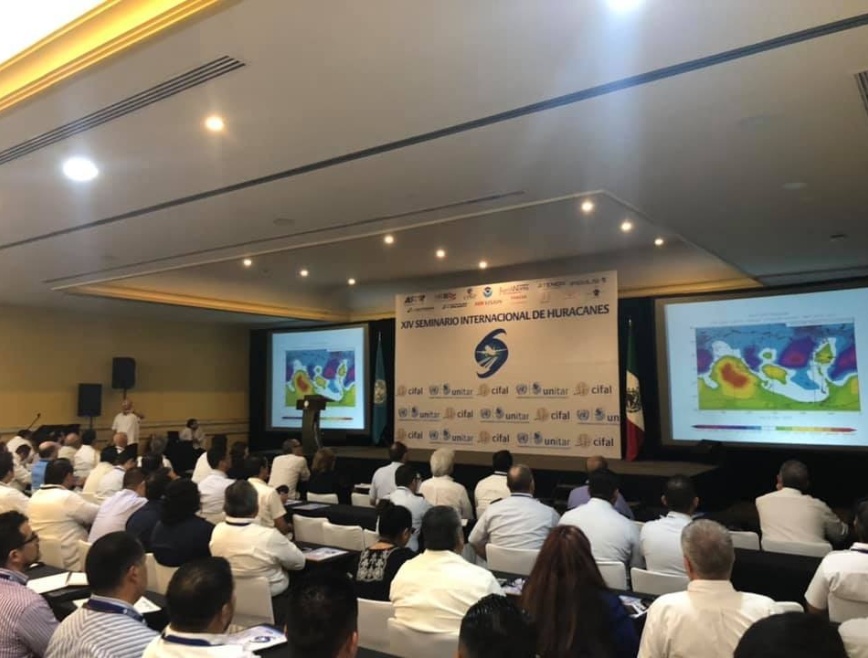
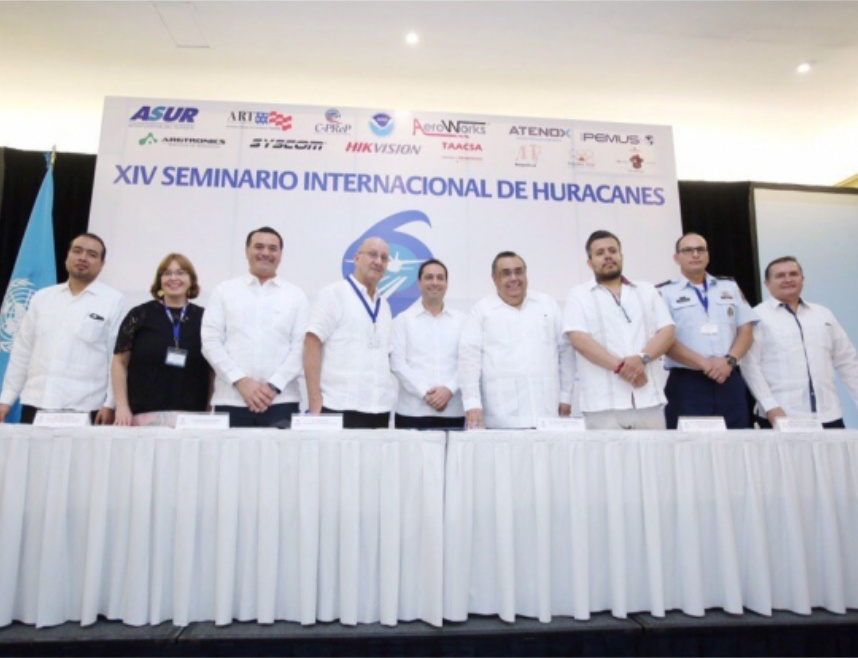
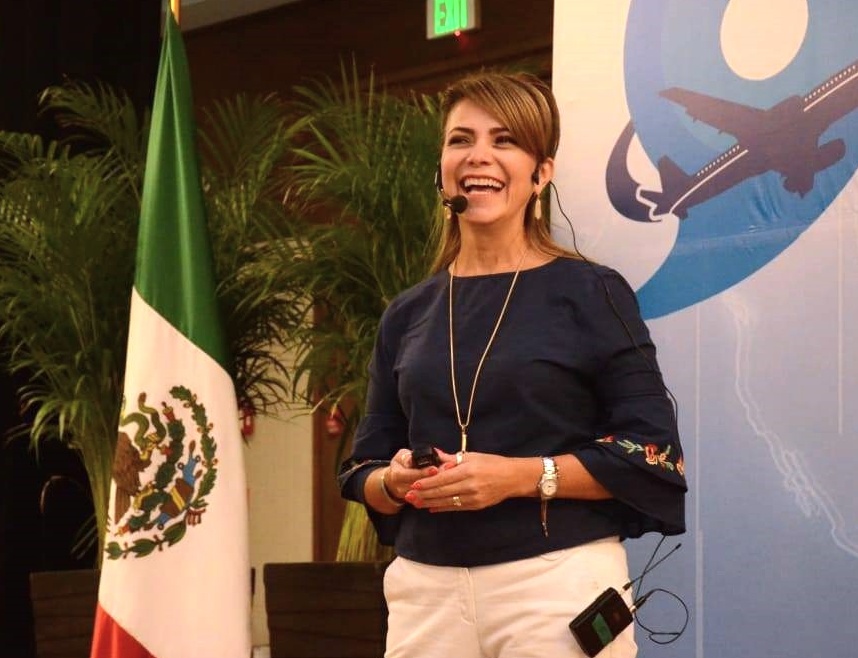
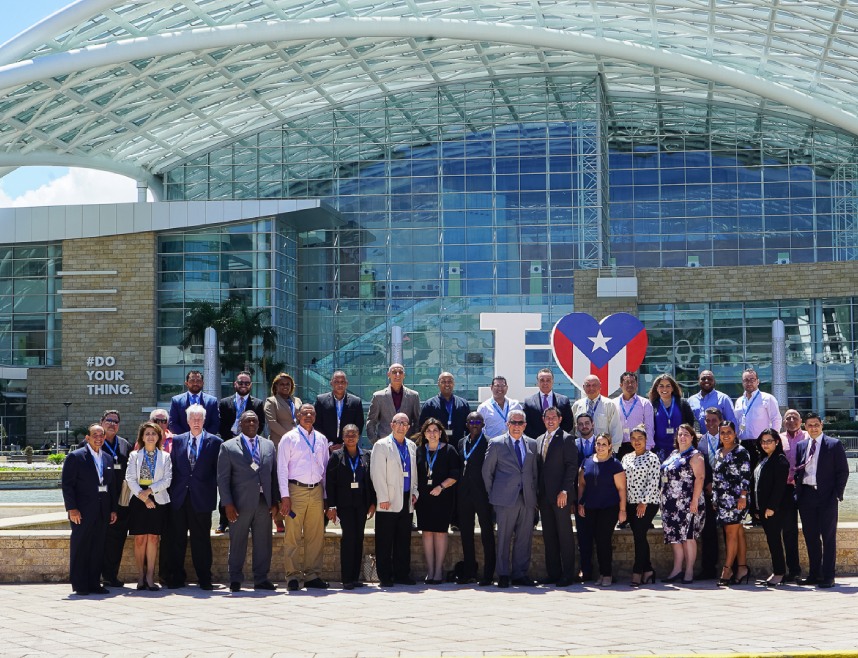

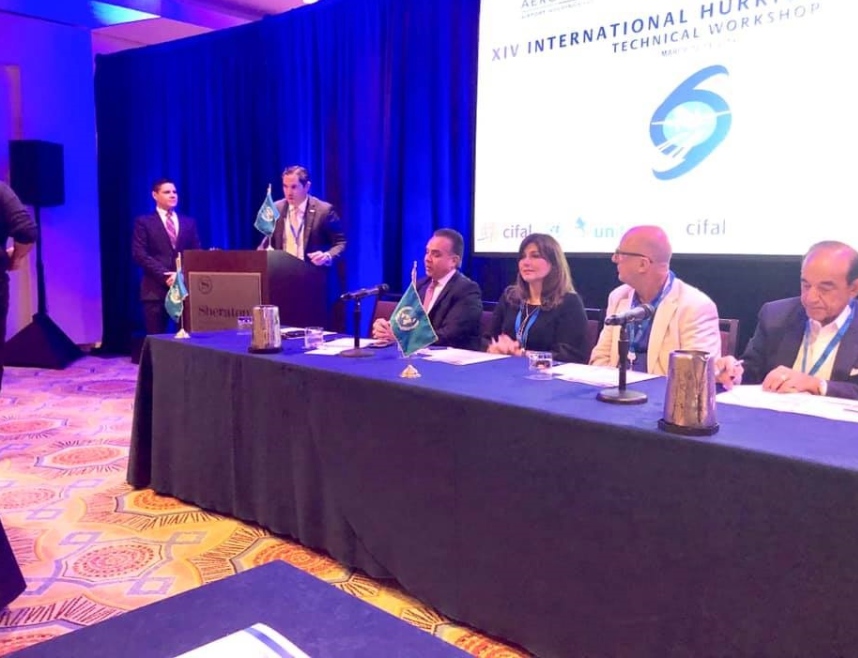
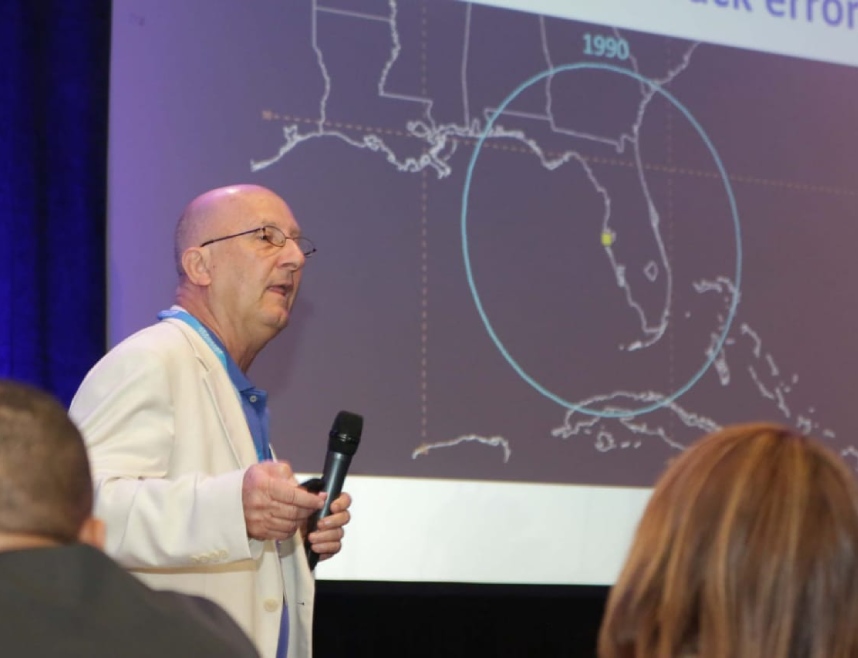
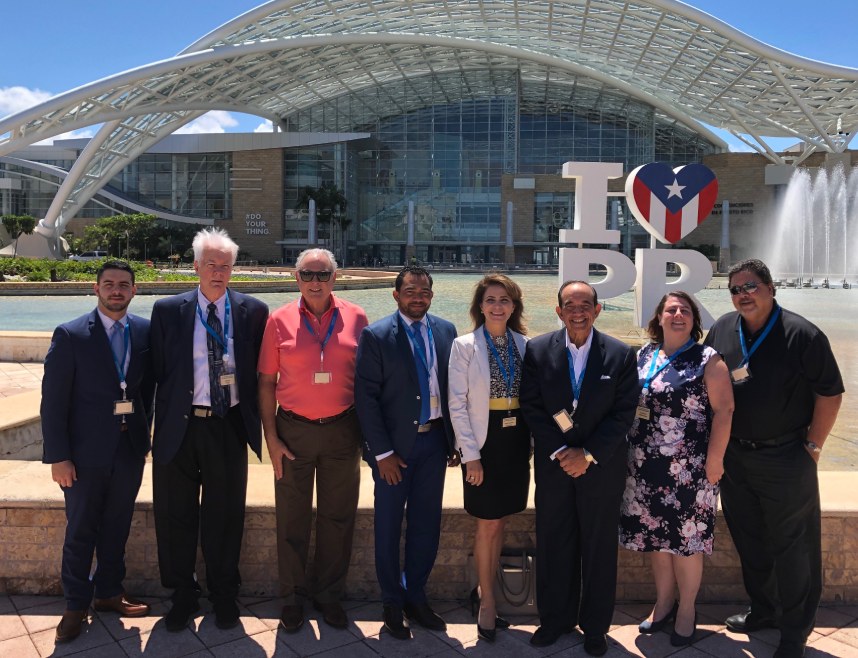
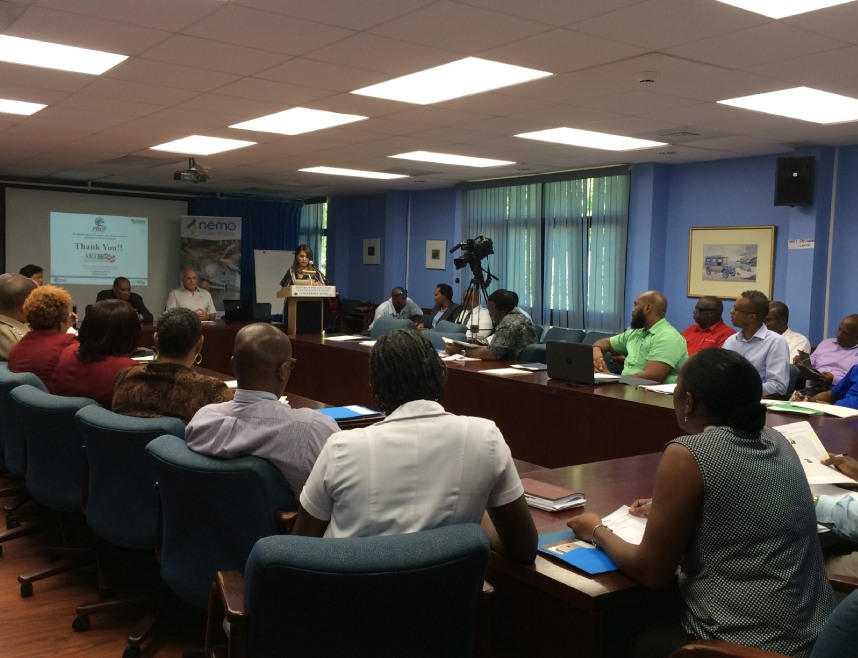
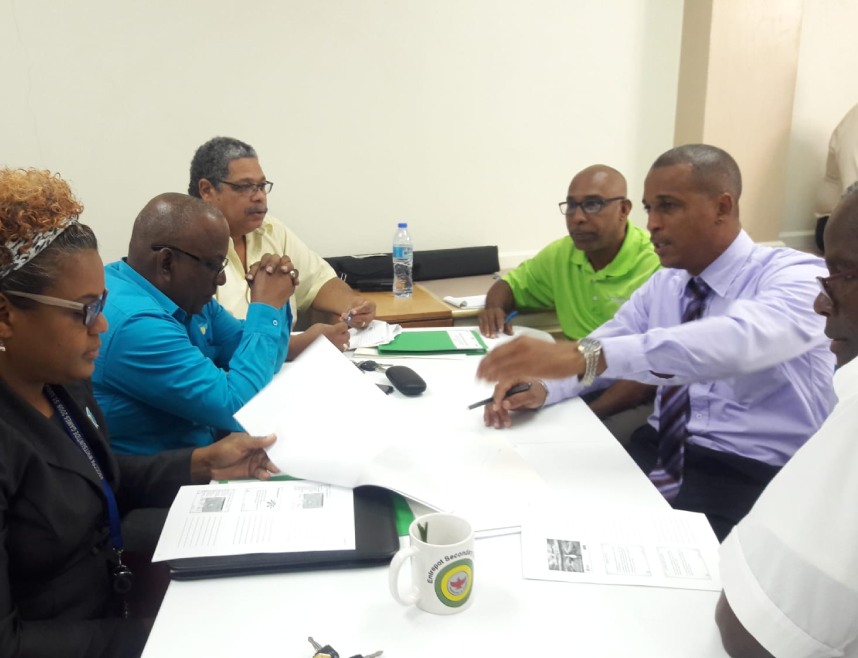


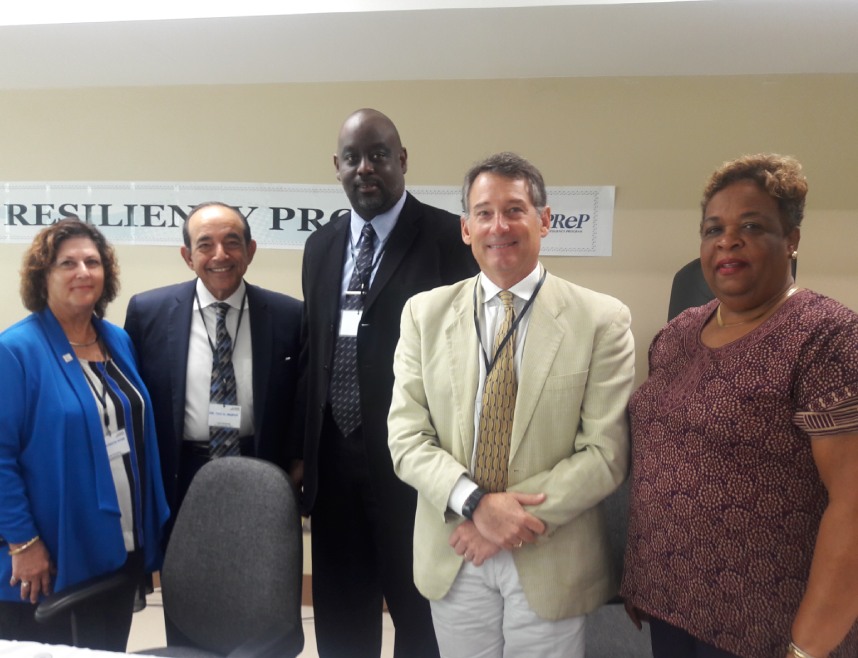
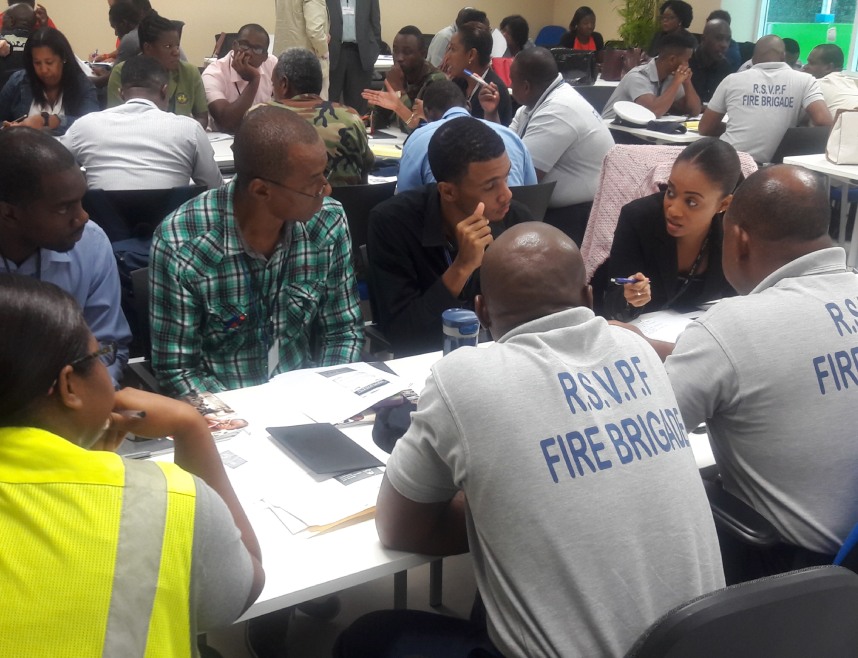

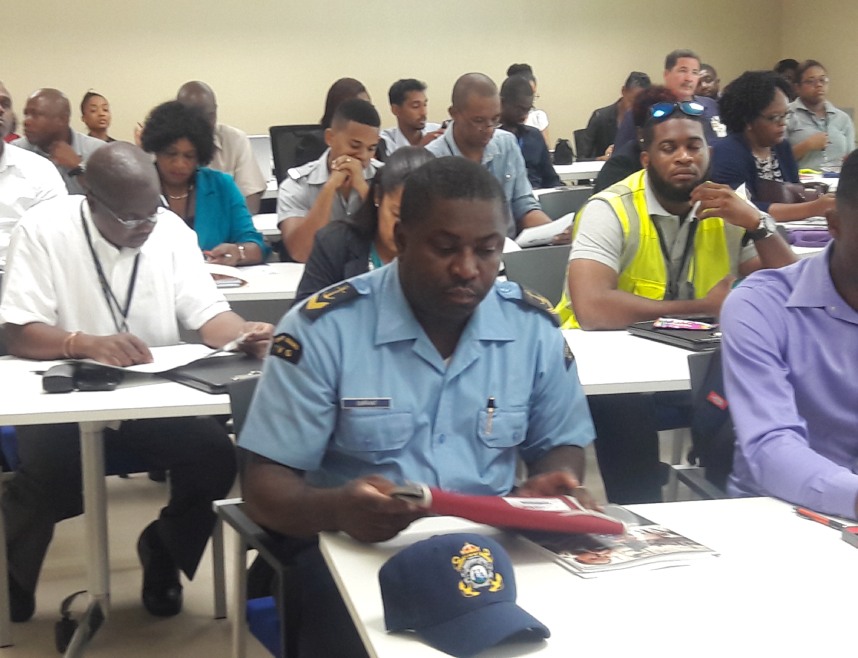
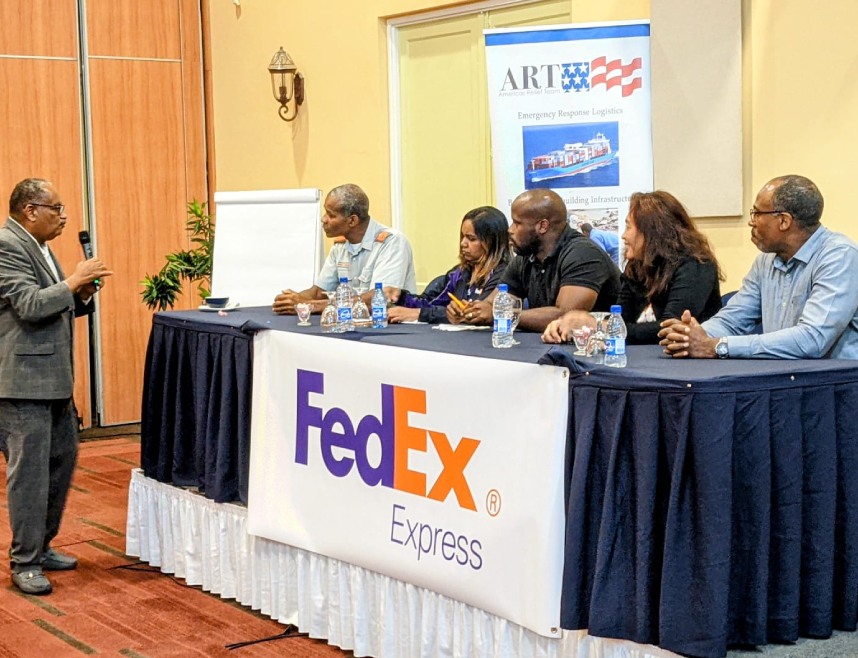

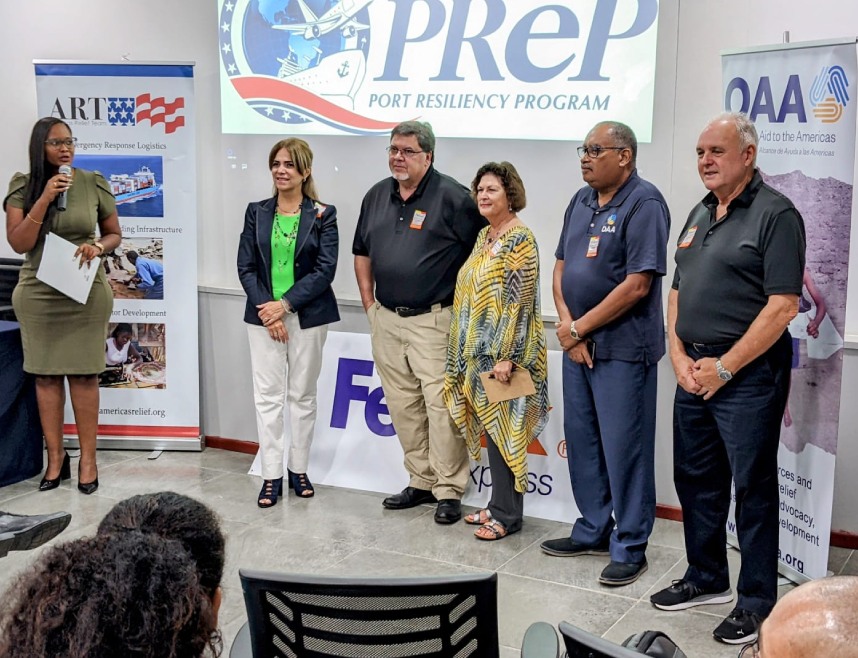
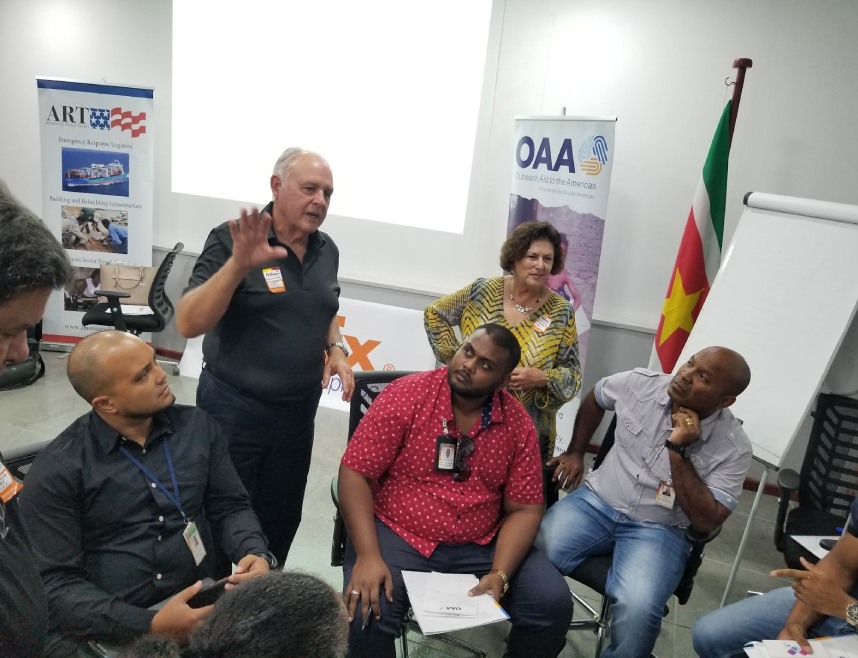
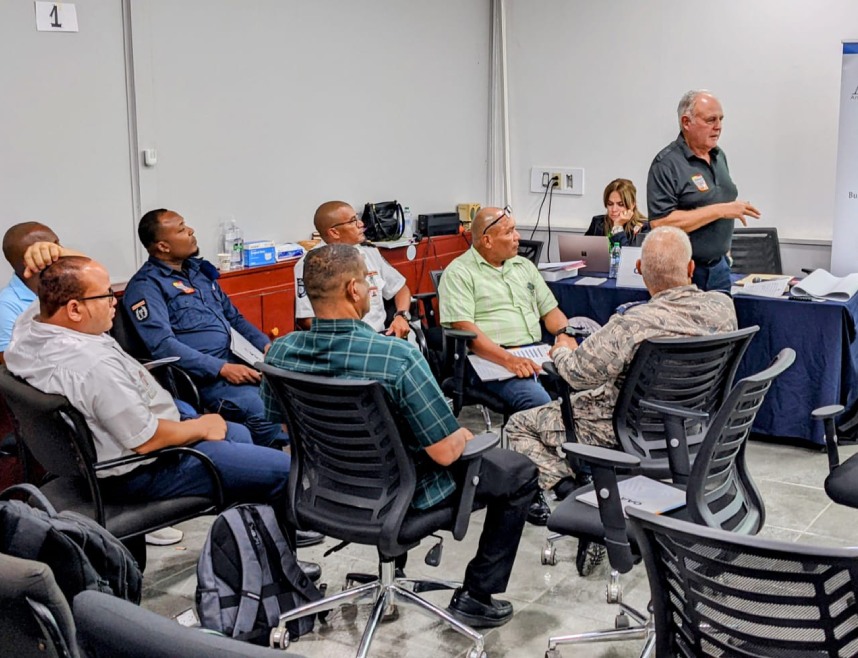
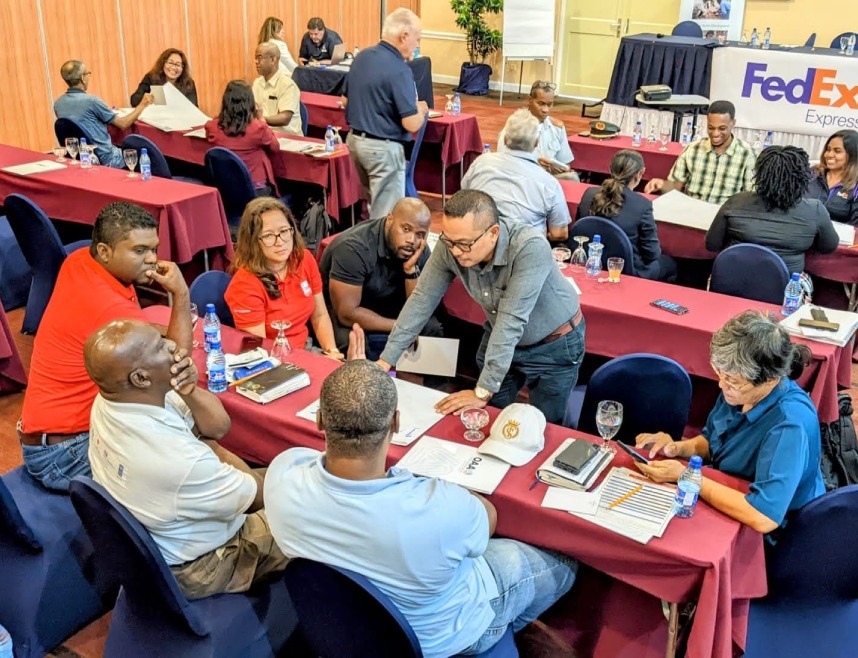




C-PReP’s goals:
- To protect life, property, and economic vitality
- To enhance regional and national resiliency by protecting transportation infrastructure.
- To help airports and seaports improve their resiliency through cost-effective, relatively easy-to-implement methods.
- To facilitate rapid import and distribution of commerce and humanitarian aid to victims following a crisis occurrence.
C-PReP’s objectives:
- To help airports and seaports improve their disaster preparedness
- To speed the post-disaster recovery of airports and seaports
- To help airports and seaports coordinate resumption of commercial service with extraordinary relief activities during disaster response and recovery
- To promote improved inter-agency coordination and communication
- To promote mutual aid among airports and airports, seaports and seaports, and airports and seaports


